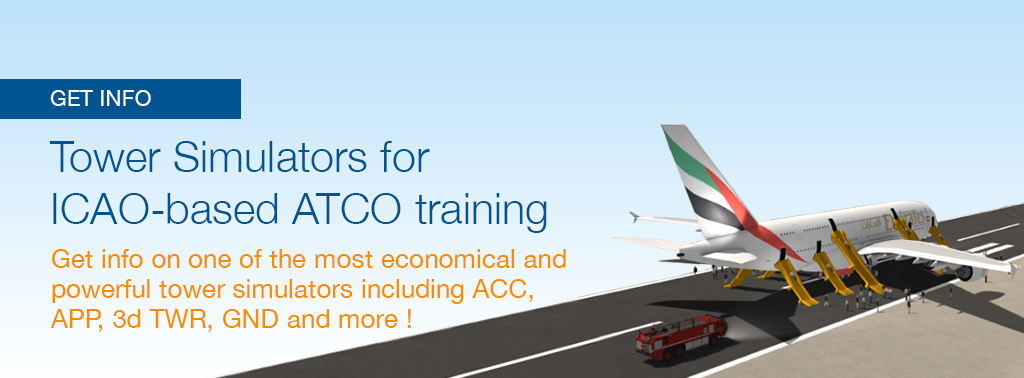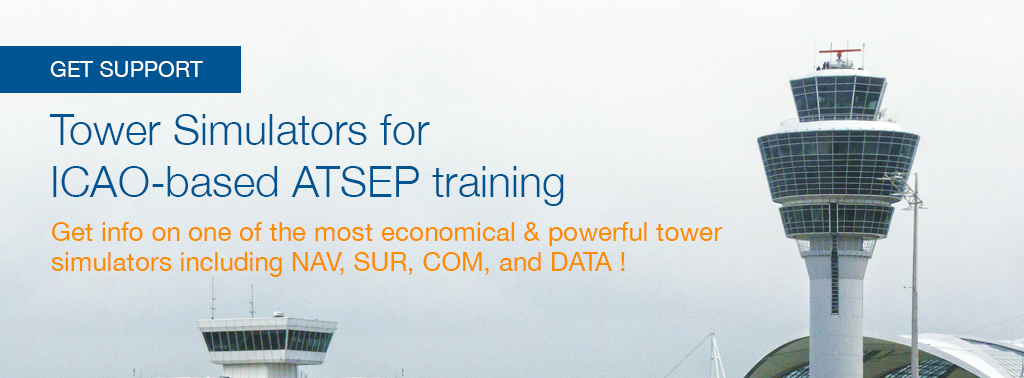Tower Simulators and Radar Simulators are essential for the ATCO and ATSEP qualification. But what makes a good system?
Often, tower simulators and radar simulators are judged on their qualify of the 3D images. Yes, they should be good to create the "real life feeling". But the really important features and prerequisites for an outstanding qualification are:
- the exhaustiveness of the system,
- realism of the processes behind the visualization,
- the adaptivity of the solution,
- the expandabilty,
This article looks at civil tower simulators and radar simulators. For military applications please read: Why is a Military ATC Simulator (Tower Simulator / APP / ACC) Significantly Different Form a Simulator for Civil ATC?
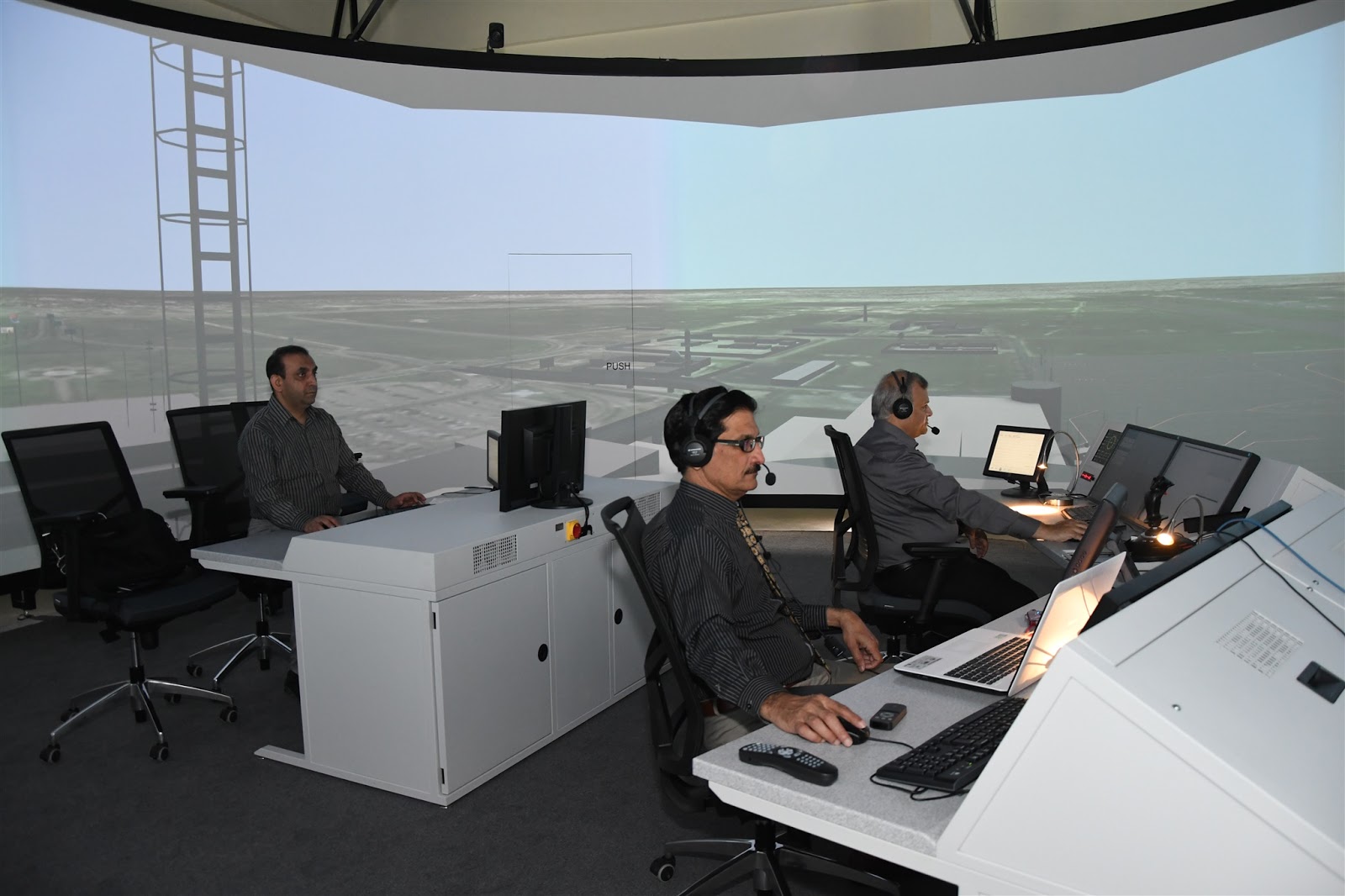
Exhaustiveness of the system
What makes a system exhaustive? Ideally when it is applicable on any possible ATCO or ATSEP context:
- Capability to replicate any tower environment and allows to swap to a virtual tower that is physically remote
- Scenery includes airport layout, and all information that was either simulated (weather, day/night, season, … ) or coming live from real-life information (weather, SDPS, FDPS, Safety-Nets, time (day/night), etc
- Visual system allows to meet training requirements for ATCO, ATSEP, and military surveillance officers, building on a high quantity of implementations
- Includes a library of civilian and military aircraft and vehicles’ libraries.
- Provides visual representation and programmable levels of weather phenomenon characteristic, visibility ranging from clear to zero
- Real time dynamic simulation and in-feed of real live data
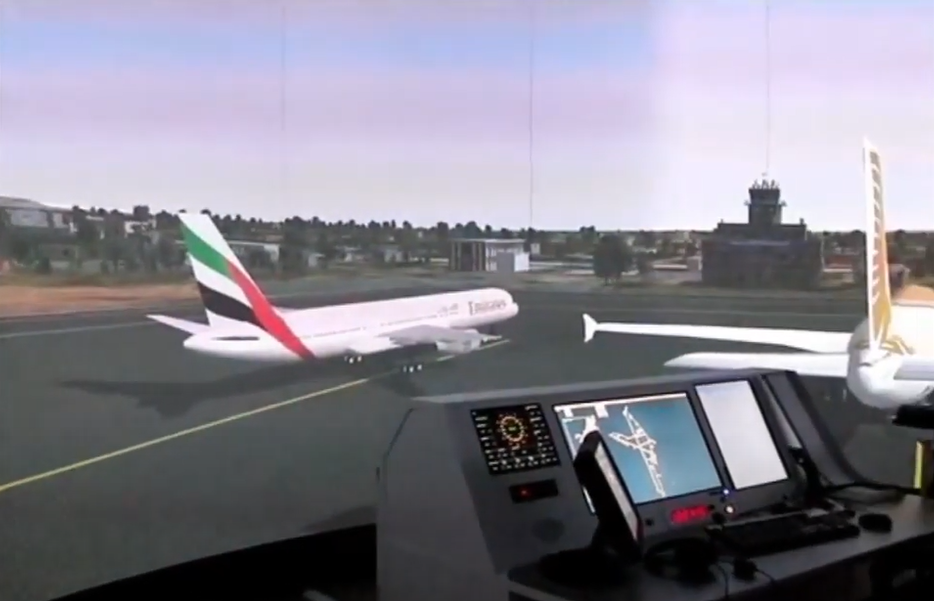
Realism of the processes behind the visualization
The simulated front end is just the tip of the iceberg. It is important that all relevant process features are implemented:
- The best way is to use a real operational ATC system connected to a simulating engine of all inputs (surveillance, navigation, communication). This allows to train controllers, surveillance officers and system service personnel under real-life conditions. Live data from live systems can be fed-in and be blended with the simulated data (radar, navigation, traffic, weather, FDPS, multilateration, ADS-B. RADNET,, IFF, etc)
- Emulates radars, simulates tracking, PSR, SSR, ADS-B/C, MLAT, satellite aircraft surveillance data, FDPS, OLDI, SDPS, ATIS, ASDE, SMGCS, and featuring operational Safety Nets and RIMCAS (STCA, MSAW, DAIW, CLAM, RAM, DUPE, DAIW, Warning messages etc.).
- Full Data Communication (e.g., ASTERIX protocol) available, also showing data communication in degraded mode
- Virtual remote tower feature, allowing to move controllers virtually into a different FIR or Airport with minimum effort and without changing the CWP.. This might be necessary e.g., when personnel needs to be evacuated or has been victim of an incident
- Adaptable wind influence and meteorological conditions, optional capability of feeding in real weather data in real-time and will influence the behavior of the system
- Simulation of system in degraded modes (e.g. ILS not working properly, or VCS panel depreciated), failures
- Included expert system to evaluate strategic options. Expandable on defined feature requirements
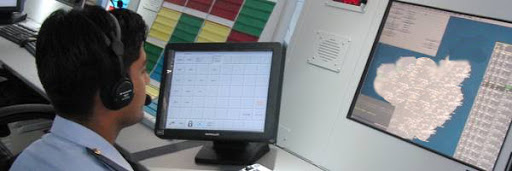
Adaptivity of the solution
We already discussed the adaptivity of processes, weather conditions, utilization of working positions etc. Let us now look at the adaptability of the pedagogical environment. Important factors are:
- Capability to customize the HMI (to mimic original provider), many mimics have been implemented in the past
- Comfortable airspace design tools
- exercises and course management tools, student management,
Expandability
SkyRadar's view is that the whole tower and radar simulator should be modular. That makes it expandable from a pure tower simulator to approach and en-route.
Also this system arrangement should be expandable. Now working positions should be easily added.
It should be possible to bind in external (standardized) solutions, even operational live solutions, which takes the boundary of expandabiity - as anything goes.
Looking at the qualification requirements for ATCOs and ATSEP, we suggest also solutions for technical primary and secondary radar training with real radars to complement the more procedural approach of TWR-APP-ACC training.
Also, the make the whole package exhaustive, we suggest the expandability into Airport Rescue and Firefighting training systems.
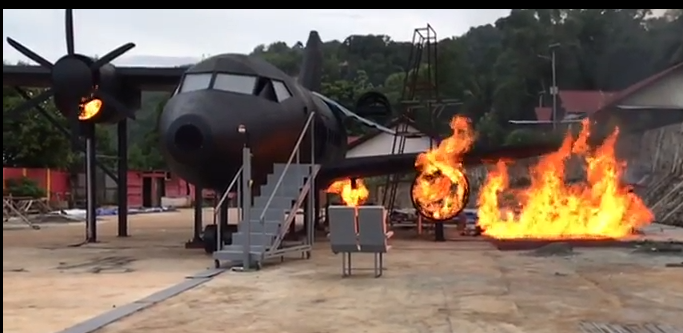
Our offer
SkyRadar's solution is a fully operational ATC System where the inputs (SDPS, RDPS) have been replaced by simulated inputs.
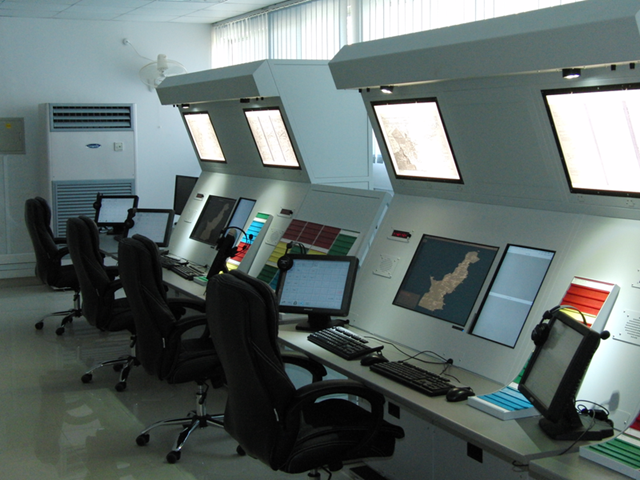
The simulated inputs can be mixed with real traffic and weather data. SkyRadar's operational VCS system is used for communication between Pseudopilots and the Controller Working Positions. Data communication is standardized (e.g., ASTERIX protocol). The system can be connected to existing operational systems and models at the client side through standard ATC protocols. The solution follows an open system architecture.
The customer is not locked in to a proprietary architecture.

